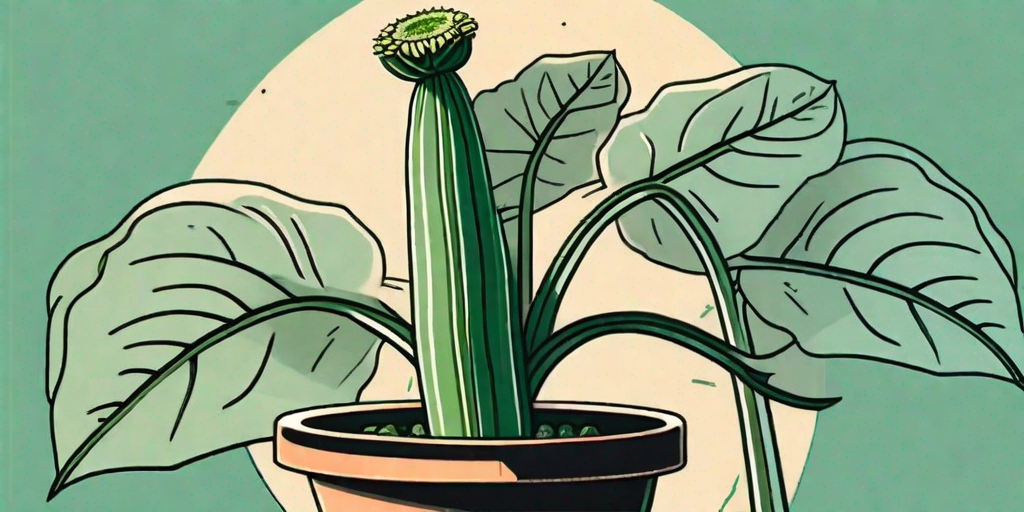
Peonies, with their lush, full blooms and intoxicating fragrance, are the divas of the garden. They demand attention and, in return, provide a spectacular show. But how do you coax these prima donnas into giving their best performance? Let's dive into the secrets of growing peony buds that are the envy of the neighborhood.
Understanding the Peony
The Peony's Personality
Peonies are a bit like your favorite aunt who always arrives fashionably late to family gatherings. They're slow to establish, often taking a couple of years to really settle in and show off. But once they do, they're the life of the party. So, patience, my dear gardening friend, is the first secret to growing lush peony buds.
Peonies are also a bit picky about their living conditions. They love the sun and need at least six hours of it each day. They also prefer a well-drained soil and a spot in the garden where they won't be disturbed. So, before you plant, make sure you've found a location that meets the peony's exacting standards.
The Peony's Preferences
Peonies are not fans of competition. They don't like to share their space with tree roots or other plants. So, give your peonies plenty of room to spread out and show off. A good rule of thumb is to plant them about three feet apart.
Peonies also have a preference for slightly acidic to neutral soil. A pH of 6.5 to 7.0 is ideal. If your soil is too alkaline, you can add sulfur to lower the pH. If it's too acidic, you can add lime to raise it.
Planting Your Peonies
Choosing the Right Time
The best time to plant peonies is in the fall, about six weeks before the first hard frost. This gives the roots time to establish before winter sets in. If you miss the fall planting window, you can also plant in the spring. Just make sure to get them in the ground as soon as the soil can be worked.
When planting, dig a hole that's about twice as wide and deep as the root ball. Place the peony in the hole with the eyes (the small, red buds on the root) facing up. The top of the root should be no more than two inches below the soil surface. Any deeper, and your peony may not bloom.
Caring for Your Peonies
Once your peonies are planted, they require minimal care. Water them regularly, especially during dry spells. In the spring, apply a balanced, slow-release fertilizer to give them a nutritional boost.
Peonies don't require pruning, but you can remove spent blooms to keep the plant looking tidy. In the fall, cut back the foliage to the ground to help prevent disease.
FAQs
-
Why aren't my peonies blooming? Peonies can be finicky. They may not bloom if they're planted too deeply, if they're not getting enough sun, or if they're too crowded. They also may not bloom for a couple of years after planting while they're getting established.
-
Do peonies need a lot of water? Peonies like a consistent supply of water, but they don't like to be waterlogged. Water them regularly, but make sure the soil drains well.
-
Can I grow peonies in a pot? Yes, you can grow peonies in a pot. Just make sure the pot is large enough to accommodate the peony's substantial root system and that it has good drainage.
Conclusion
With a little patience and care, you can grow lush, blooming peonies that are the star of your garden. Remember, peonies are a bit like divas - they may be a bit demanding, but the rewards are well worth the effort. So, put on your gardening gloves, cue the spotlight, and let the show begin!















